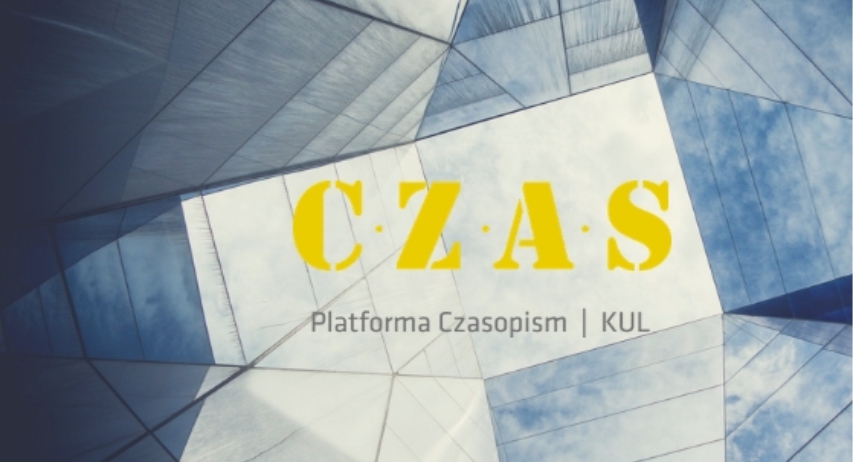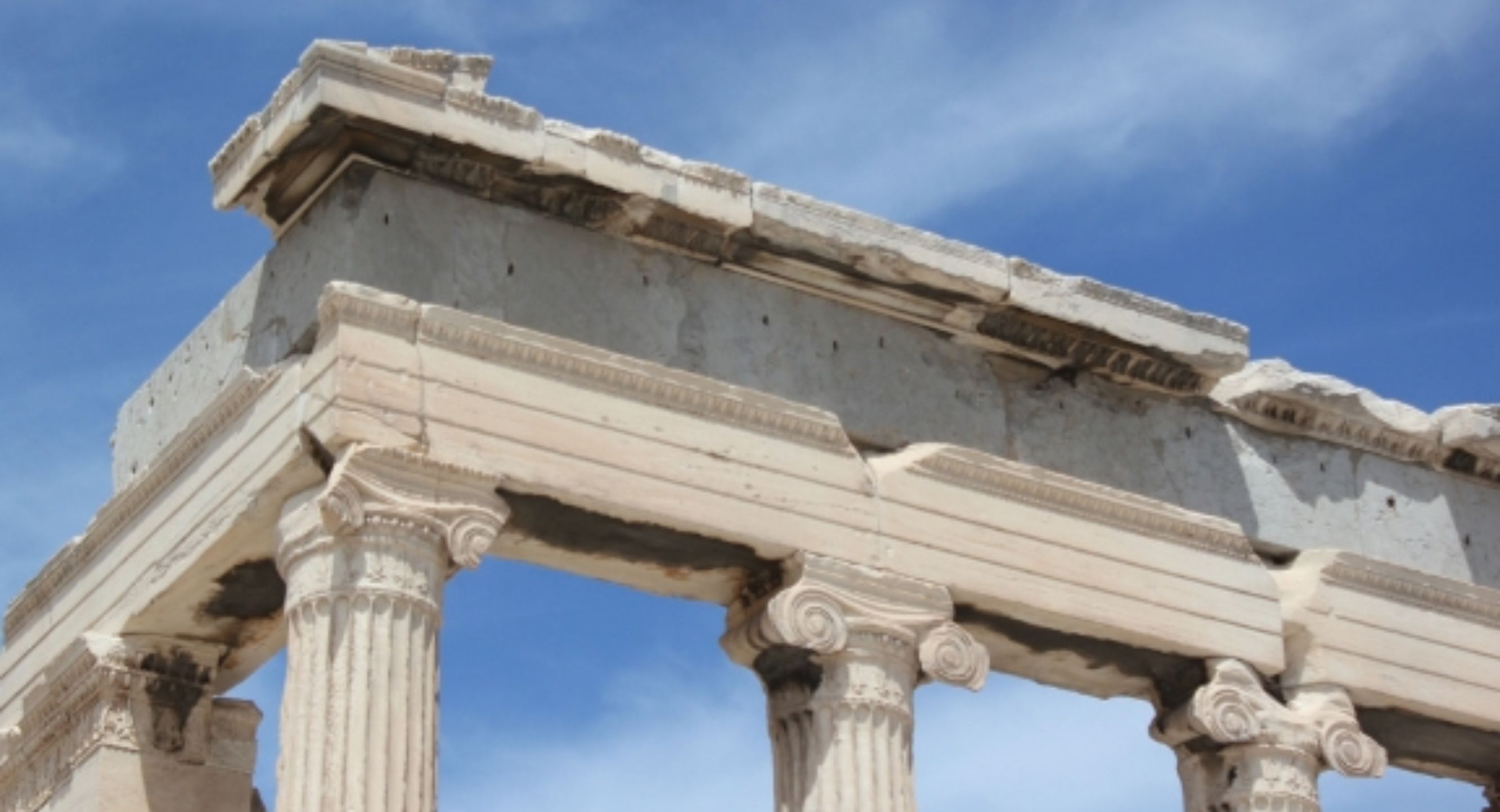Subjective and Territorial Scope of confugium ad ecclesias, and Christian Ideas
Анотація
Beginnings of asylum (asylum, ius asyli, confugium) in ancient Rome dates back to Romulus times. In subsequent periods of the development of the Roman state, the right of asylum was further developed and included in the norms of material and legal nature. In the Republic Period there were no comprehensive legal regulations regarding ius asyli, although temple asylum was known. It was only during the empire that legal regulation of asylum was in place and two of its forms were developed, confugium ad statuum (asylum, escape to the monument to the emperor) and confugium ad ecclesias (church asylum). That study focuses on answering the question of whether Christian ideas had an impact on the subjective and territorial scope confugium ad ecclesias. After the Edict of Milan in the year 313, Christianity, being able to worship publicly, began to influence the consciousness of the inhabitants of the empire. The Church was conceived as an institution protecting the weak, persecuted and those in need. The right of asylum was also enriched with some Christian elements, especially mercy (misericordia), in relation to individuals entitled to benefit from asylum protection. The territorial extent is also expanded to include places belonging to temples, such as the bishop’s house, cemetery and monasteries. An important novelty was the validity of confugium ad ecclesias in every Christian temple because it was not the emperor’s decision that was in force of ius asylum and the sanctity of the place. However, imperial constitutions played a more important role in shaping the right of asylum in the 4th and 5th centuries than the synodal legislation.
Ключові слова:
asylum, confugium ad ecclesias, Roman law, templesПосилання
Burczak K., Prawo azylu w ustawodawstwie synodów galijskich V-VII wieku, Lublin 2005.
Caron P.G., Asylum, in: Novissimo Digesto Italiano, vol. 1–2, ed. A. Azara, E. Eula, Torino 1957–1958.
Das antike Asyl. Kultische Grundlagen, rechtliche Ausgestaltung und politische Funktion, ed. M. Dreher, Köln–Weimar 2003.
Franke G., Das Kirchenasyl im Kontext sakraler Zufluchtnahmen der Antike. Historische Erscheinungsformen und theologische Implikationen in patristischer Zeit, Frankfurt am Main 2003.
Gioffredi C., Ad statuas confugere, Studia et Documenta Historiae et Iuris 1946, vol. 12.
Grifò G., Asilo, in: Enciclopedia del diritto, vol. 3, ed. F. Calasso, [Milano] 1958.
Heumann H.G., E. Seckel, Handlexikon zu den Quellen des römischen Rechts, Jena 1907 (reprint Graz 1958).
Holleaux M., Remarques sur les décrets des villes de Crète relatifs à l asylia de Téos, Klio 1913, vol. 13.
Ihne W., The Asylum of Romulus, The Classical Museum, A Journal of Philology, and of Ancient History and Literature 1846, vol. 3.
Karlin-Hayter P., Aréthas et le droit d’asile. A propos d’un article récent, Byzantion 1964, vol. 34, no. 2.
Kulbat H., Azyl kościelny. Studium prawno-historyczne, Łomża 1938.
Manfredini A.D., “Ad ecclesiam confugere”, “ad statuas confugere” nell’età di Teodosio I, in: Atti dell’Accademia Romanistica Costantiniana, vol. 6. Convegno internazionale, ed. G. Crifò, Perugia 1986.
Mossakowski W., Azyl kościelny a problem religii w późnym Cesarstwie Rzymskim, in: Profesorowi Janowi Kodrębskiemu in memoriam, ed. A. Pikulska-Robaszkiewicz, Łódź 2000.
Mossakowski W., Azyl w późnym Cesarstwie Rzymskim (confugium ad statuas, confugium ad ecclesias), Toruń 2000.
Mossakowski W., Karalność naruszenia azylu Kościoła w epoce cesarstwa rzymskiego, in: Kara śmierci w starożytnym Rzymie, ed. H. Kowalski, M. Kuryłowicz, Lublin 1996.
Mossakowski W., The Problems of the Temple Asylum Genesis in the Ancient Rome, Pomoerium. Studia et Commentarii ad Orbem Classicum Spectantia 1996, vol. 2.
Mossakowski W., Z badań nad prawem azylu w starożytności chrześcijańskiej, Prawo Kanoniczne 1996, vol. 39, no. 1/2.
Sondel J., Słownik łacińsko-polski dla prawników i historyków, Kraków 1997.
Stengel P., Asylum, in: Thesaurus Linquae Latinae, vol. 2, Leipzig 1900–1906.
Śrutwa J., Praktyka azylu kościelnego w ujęciu św. Augustyna, in: Chrześcijanie a życie publiczne w Cesarstwie Rzymskim III-IV w., ed. J. Śrutwa, Lublin 1988.
Woeß F. v., Άανλία [online], Zeitschrift der Savigny-Stiftung für Rechtsgeschichte: Romanistische Abteilung 1926, vol. 46, no. 1, https://www.degruyter.com/view/j/zrgr.1926.46.issue-1/zrgra.1926.46.1.32/zrgra.1926.46.1.32.
xml?format=INT [access: 1.07.2020].
Żurek A., Wprowadzenie do Ojców Kościoła, Kraków 1993.
Ліцензія

Ця робота ліцензується відповідно до Creative Commons Attribution 4.0 International License.
Автор заявляє, що твір є оригінальним твором і не порушує жодних особистих або майнових прав третіх осіб, a також, що його авторські права на твір не обмежені в межах договору, підписаного з Видавцем.
Автор публікації безоплатно передає Видавцю майнові авторські майнові права на твір (статтю), поданий до публікації, без обмежень що до часу та території в таких сферах використання:
а) виготовлення, запис і збільшення за допомогою певної техніки копій, включаючи техніку друку, магнітний запис та цифрову техніку;
b) введення на ринок, позичання або надання в оренду оригіналу чи копій Твору та розповсюдження у формі відкритого доступу відповідно до змісту ліцензії Creative Commons Визнання Авторства 4.0 Міжнародна (також відомої як CC BY), доступної за адресою:
https://creativecommons.org/licenses/by/4.0/legalcode.pl;
c) включення Твору до складу колективного твору;
d) оприлюднення на веб-сайті журналу, публічне виконання, виставка, демонстрація, відтворення, трансляція та ретрансляція, а також надання Твору доступним для громадськості таким чином, щоб кожен міг мати доступ до них у місці та в час, вибраний ними;
e) завантаження Твору в електронній формі на електронні платформи або інше завантаження Твору в електронній формі в Інтернет чи іншу мережу.
Авторські майнові права на твір передаються безоплатно при підписанні договору.







